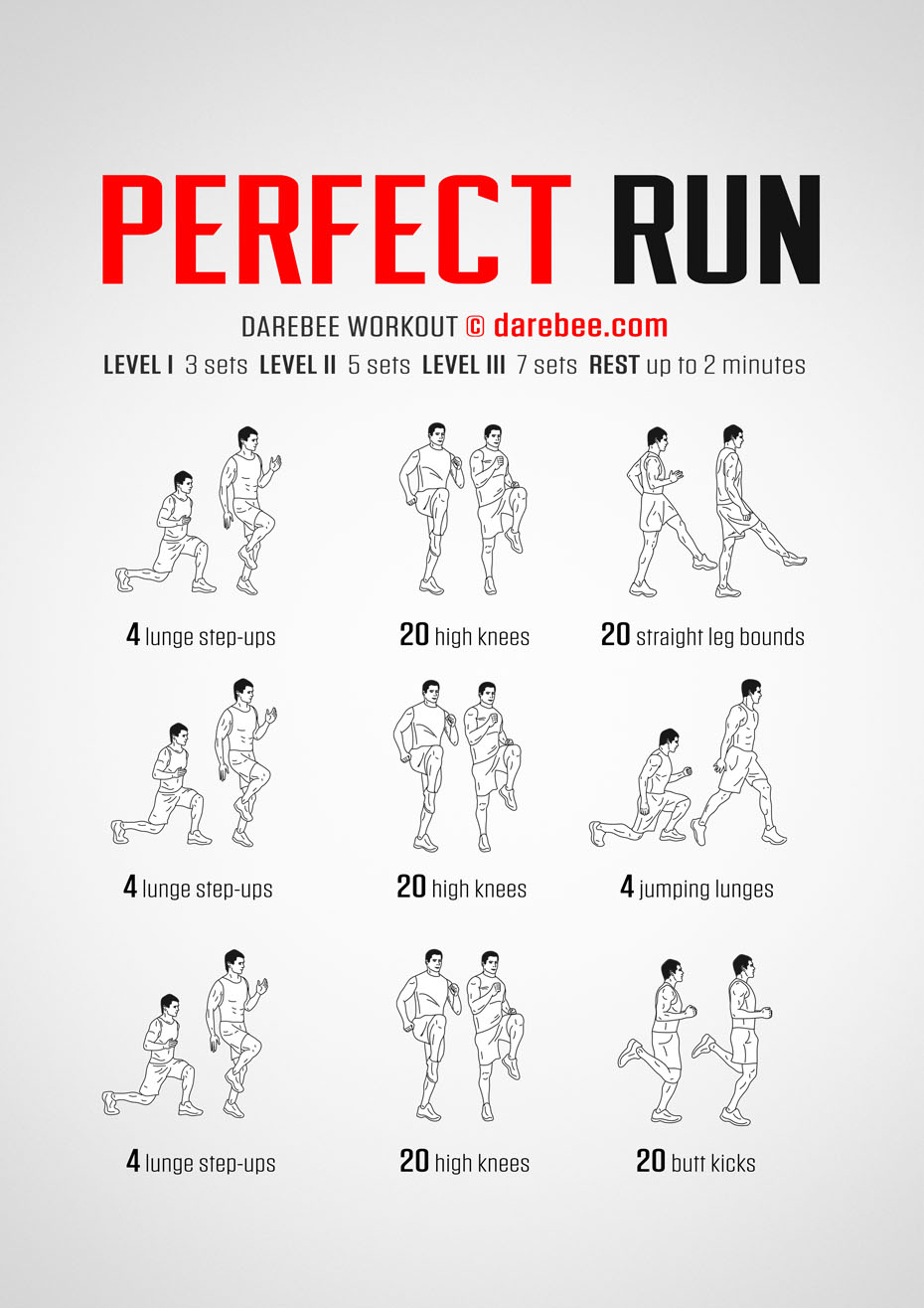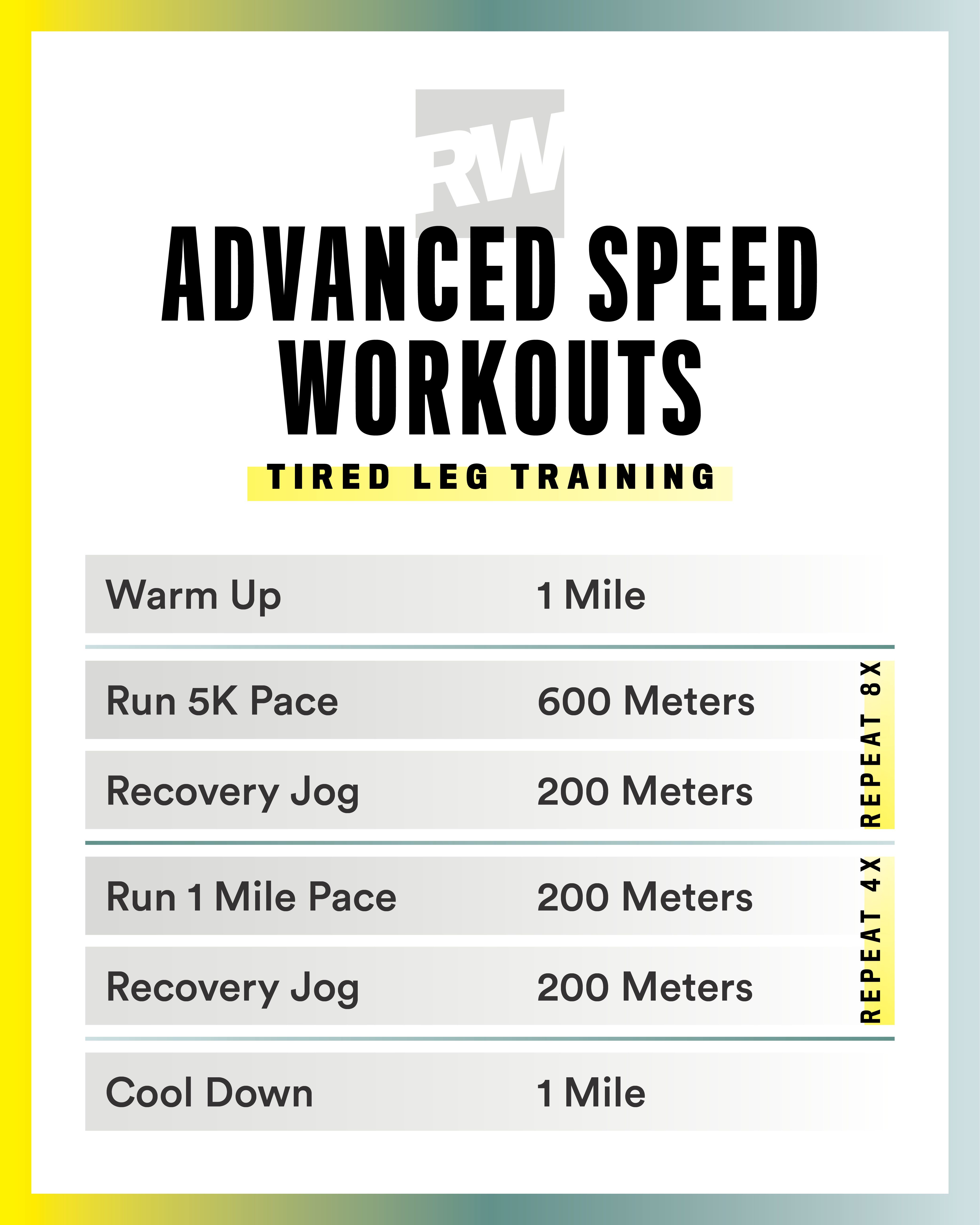Master Your Running Workout: Effective Strategies for Success
Master Your Running Workout: Effective Strategies for Success
Blog Article
The Ultimate Guide to Handling Pain When Running
For joggers, experiencing discomfort throughout runs is not unusual, and recognizing just how to effectively manage and prevent it can make a considerable difference in your general performance and pleasure of the sport. Whether you are an experienced marathoner or just starting your running journey, comprehending the different sorts of pain that can occur and the techniques to address them is important. From pre-run warm-up routines to proper footwear selection, there are numerous factors to take into consideration when it comes to managing discomfort while running. This thorough overview will equip you with the knowledge and devices essential to browse with the discomfort and empower you to attain your running objectives with higher ease.

Recognizing Different Kinds Of Running Discomfort
When running, it is vital to differentiate in between various kinds of discomfort to avoid injuries and maximize efficiency (Read More). One typical sort of discomfort that joggers might experience is muscle soreness, which usually arises from the anxiety put on muscle mass during exercise. This kind of discomfort is frequently a regular part of the running process and can be handled via appropriate workout, cool-down, and extending routines
An additional sort of pain to be mindful of is joint discomfort. Joint pain can show problems such as overuse, incorrect kind, or underlying problems like arthritis. Ignoring joint discomfort can cause much more severe injuries, so it is important to deal with any kind of pain quickly and perhaps seek expert recommendations.
Furthermore, sharp or stabbing pains should not be neglected. These kinds of discomfort can signify severe injuries such as strains, strains, or tension fractures - running workout. Continuing to go through these sorts of discomfort can intensify the injury and extend healing time

Pre-Run Warm-Up and Extending Routine
To prepare the body for a running session, applying an effective pre-run workout and stretching regular is vital. An appropriate workout aids enhance blood circulation to the muscular tissues, improves versatility, and lowers the risk of injury throughout the run. By integrating a constant pre-run workout and stretching routine right into your running regimen, you can maximize efficiency and lessen the risk of pain or injury.
Appropriate Footwear Choice and Fit
Picking proper footwear that fits well is critical for runners to avoid discomfort and minimize the threat of injuries. Uncomfortable shoes can bring about sores, black toe nails, check my reference shin splints, and other painful problems that can impede efficiency and sideline training. When selecting running footwear, it is necessary to take into consideration variables such as foot type, running gait, arch assistance, padding, and footwear dimension. running workout. Checking out a specialty running shop for a gait evaluation and professional fitting can assist ensure that you choose the right footwear for your individual needs. Running footwear need to provide sufficient assistance and security while also fitting and lightweight. In addition, it is advised to replace your running shoes every 300-500 miles to preserve appropriate padding and assistance. Buying top quality footwear that is suitable for your running design and foot composition is an aggressive step towards avoiding pain and injuries throughout your runs.
Nutrition and Hydration Tips for Discomfort Avoidance

Hydration is equally vital for runners to prevent pains, dehydration, and other discomforts that can bring about pain during running. It is advised to drink an appropriate quantity of water throughout the day and especially previously, throughout, and after running sessions. Electrolyte-rich beverages or sports beverages can additionally be advantageous for renewing shed minerals and keeping proper fluid equilibrium. running strategy (Read More). By prioritizing nourishment and hydration, runners can improve their efficiency, minimize discomfort, and enjoy a much more comfy running experience.
Post-Run Recuperation Techniques to Ease Pain
Implementing effective recovery techniques is important for reducing pain and promoting muscle recuperation after running sessions. In addition, topping aching areas for 15-20 minutes can help lower swelling and numb discomfort post-run.
Moisturizing effectively post-run is vital for renewing fluids shed throughout workout and aiding in muscle recuperation. Eating a balanced snack or dish that consists of protein and carbohydrates within thirty minutes of ending up a run can assist repair muscle cells and renew energy shops. Furthermore, getting adequate remainder is important for allowing the body to fix and enhance muscles. Including active recovery tasks such as light walking or swimming can also aid promote blood circulation and minimize muscle rigidity - Read More. By integrating these post-run recovery strategies right into your routine, you can effectively take care of discomfort and enhance your running performance.
Final Thought
To conclude, addressing various sorts of running discomfort with proper workout, stretching, footwear option, nutrition, hydration, and post-run recuperation methods is essential for discomfort prevention and monitoring. By recognizing the root causes of pain and applying these techniques, runners can decrease discomfort and potential injuries. It is vital to prioritize total physical health and wellness and well-being to make sure a successful and enjoyable running experience.
Report this page